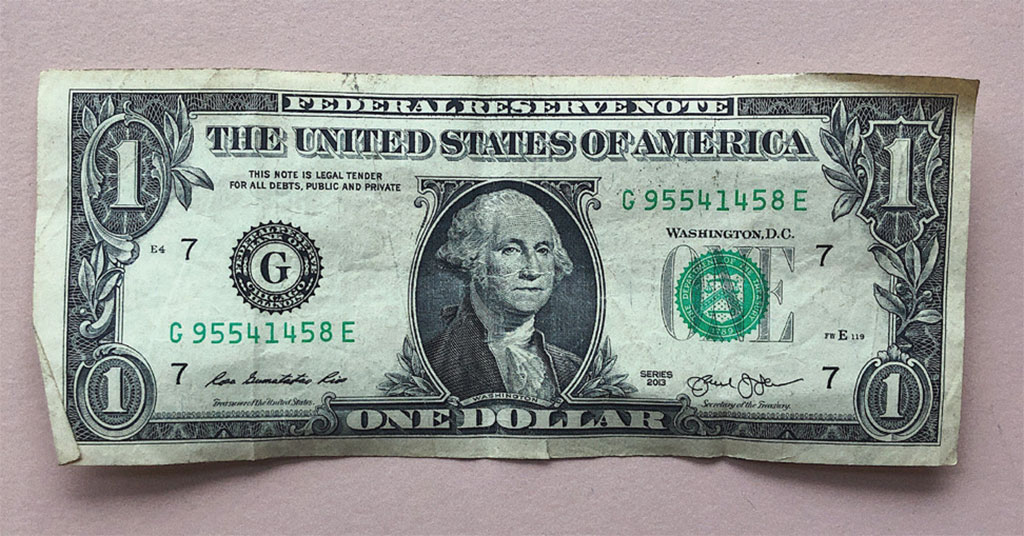Tiered Royalties? Linking Support To A Brand's Performance

Franchise royalties are primarily associated with two purposes. The first is rights to a franchisor's proprietary assets and trademarks. The second is covering the costs of support to franchisees and compliance to ensure all franchisees follow the practices and procedures established by the franchisor.
No royalty rate distinction between those two purposes is ever made. Over time, royalty rates have normalized within sectors, the result of competitive pressures to attract franchisee prospects. While some brands change their royalty rates on occasion for various business reasons, the vast majority of brands have kept royalty rates the same. Additionally, with many franchisors pushing some of the support to third parties that franchisees must pay separately for, it raises an obvious and understandable question about royalty rates.
In the past few years, we have had two dramatic (some would argue traumatic) events that may affect how royalty rates are established and shine more clarity on what they represent. Those events, in order of impact, are joint employer and FASB revenue recognition rule changes.
FASB clearly is affecting emerging and younger brands, but for all brands it draws a lot of attention to the franchisor's financials. Increasingly, we are asked to conduct research to evaluate how much franchisors spend on support relative to the amount and types of support they provide, and measured against the outcomes they achieve. New FASB revenue recognition rules likely will bring further attention to that relationship as an indirect consequence of the focus on franchisor revenues.
In a purely economic sense, a brand that can demonstrate a higher risk-adjusted financial return at the unit level should be able to command a higher royalty rate. In essence, a franchisor with a better-performing brand should be able to share some of the higher return expectations with the franchisee. Perhaps joint employer and FASB will be the tipping point in the evolution of the franchise business model that will change the depth of information franchisors share with prospective franchisees. To be clear, I think those two factors may push the business model into a new era, but they are far from the underlying reasons this may happen.
The bigger factors are the trend in transparency driven by the availability of so much more information on just about everything related to franchising; and the influence on the business model over the past 20 years of a generation of ever-expanding multi-unit and multi-brand multi-unit franchise operators.
Regarding transparency, requests for research on specific topics give FRANdata a barometer of how franchisors are thinking, with the resultant understanding of how the business model is evolving. Better brands are finding ways to show how their performance stands out. It's not just about more detail in Item 19 disclosures, although that trend is clearly showing greater transparency. It's also about showing better performance than competitors across functional areas, often outside the FDD. We have been more involved in assessing and validating support in specific areas such as marketing, technology, and field operations.
While one of the purposes is aimed at understanding best practices in a world of constant pressures on operating efficiencies, it often has an additional purpose. Increasingly, research requests are also aimed at validating better performance across functional areas, with the purpose of being able to convey that information to franchisees and prospects.
Tiered royalty structure?
I believe the generational trend in multi-unit expansion will lead franchisors to differentiate the level of support they provide. We are already beginning to see this happen. If an experienced multi-unit operator needs less support, in theory it should cost a franchisor less for units associated with that operator. Will that lead to a tiered royalty structure? It seems logical to me that this discussion will start happening, and we have some evidence it already has.
The next logical step with that type of validation in hand is consideration of the relationship between support and royalty rates. Legal advisors did their jobs by saying less is more as it relates to legal disclosure. The result makes it very hard for anyone other than experts like us to differentiate support among brands, which is why we often are involved in that research. High-performing franchisors are recognizing that they are missing marketing opportunities when they can have various types of support validated.
A brand with a good track record should command a higher royalty rate than an emerging brand lacking a performance history to judge returns and the difficulty of achieving them. A young brand in theory should have more support to compensate for less-proven performance. Otherwise, the risk burden falls more on franchisees, and that should be reflected in a lower royalty rate.
You have a big influence on franchisor behavior. Will you influence the brands you're associated with to start changing royalty rates based on performance outcomes and/or franchisee experience? Said another way, if a brand can show you better performance, why wouldn't you be willing to share part of that gain in higher performance by paying a higher royalty rate?
Darrell Johnson is CEO of FRANdata, an independent research company supplying information and analysis for the franchising sector since 1989. He can be reached at 703-740-4700 or [email protected].
Share this Feature
Recommended Reading:
FRANCHISE TOPICS
- Multi-Unit Franchising
- Get Started in Franchising
- Franchise Growth
- Franchise Operations
- Open New Units
- Franchise Leadership
- Franchise Marketing
- Technology
- Franchise Law
- Franchise Awards
- Franchise Rankings
- Franchise Trends
- Franchise Development
- Featured Franchise Stories
FEATURED IN

Multi-Unit Franchisee Magazine: Issue 3, 2019

$120,000
$500,000





 The multi-unit franchise opportunities listed above are not related to or endorsed by Multi-Unit Franchisee or Franchise Update Media Group. We are not engaged in, supporting, or endorsing any specific franchise, business opportunity, company or individual. No statement in this site is to be construed as a recommendation. We encourage prospective franchise buyers to perform extensive due diligence when considering a franchise opportunity.
The multi-unit franchise opportunities listed above are not related to or endorsed by Multi-Unit Franchisee or Franchise Update Media Group. We are not engaged in, supporting, or endorsing any specific franchise, business opportunity, company or individual. No statement in this site is to be construed as a recommendation. We encourage prospective franchise buyers to perform extensive due diligence when considering a franchise opportunity.